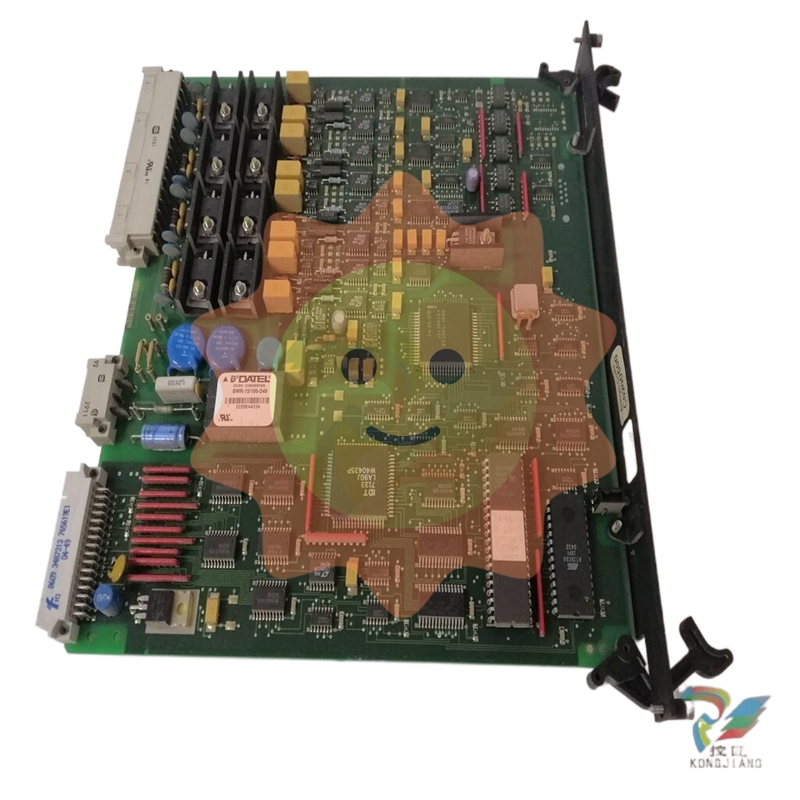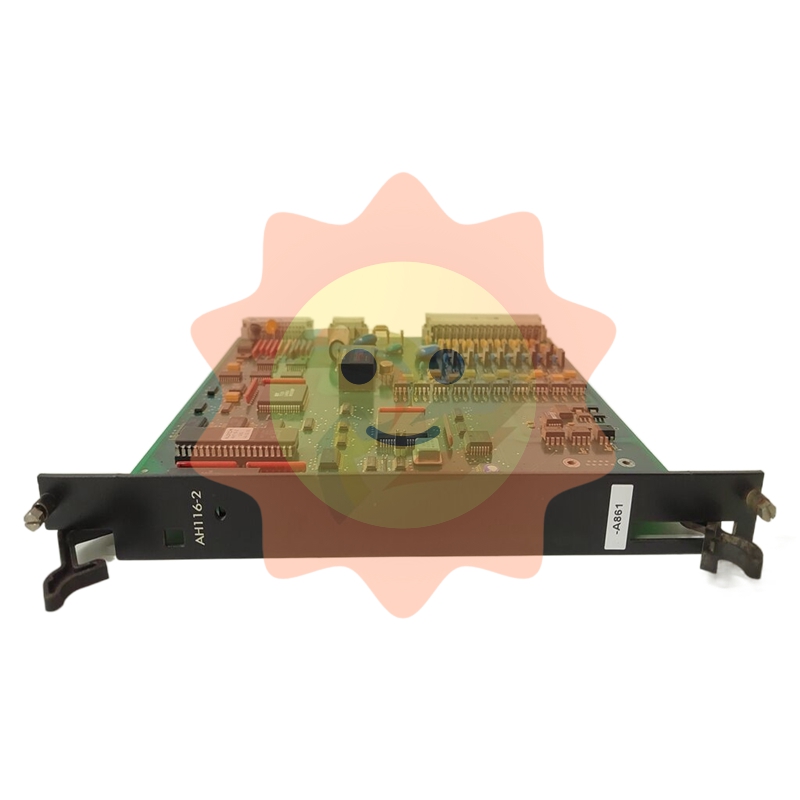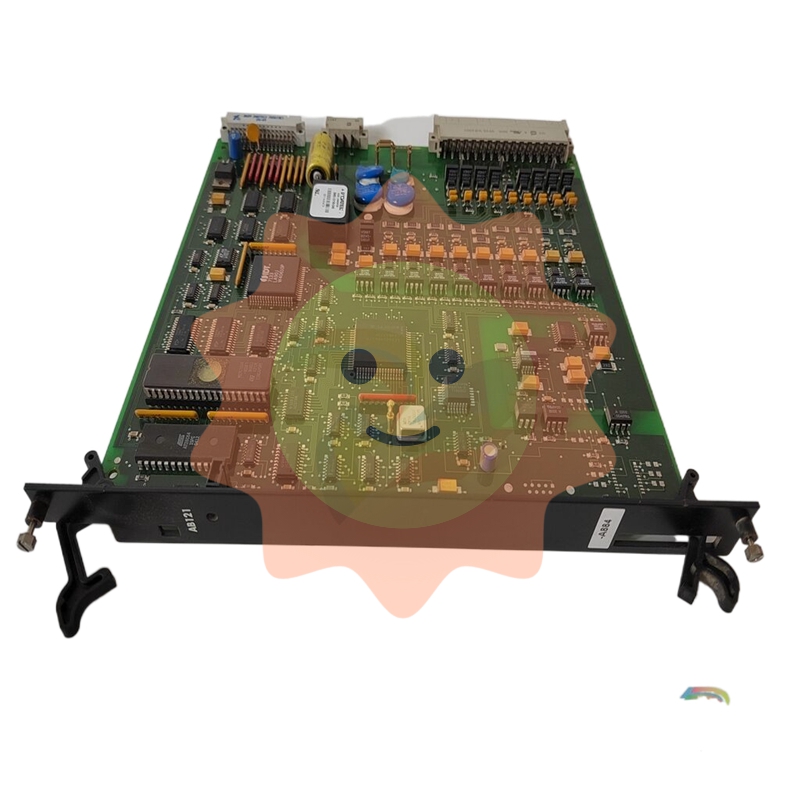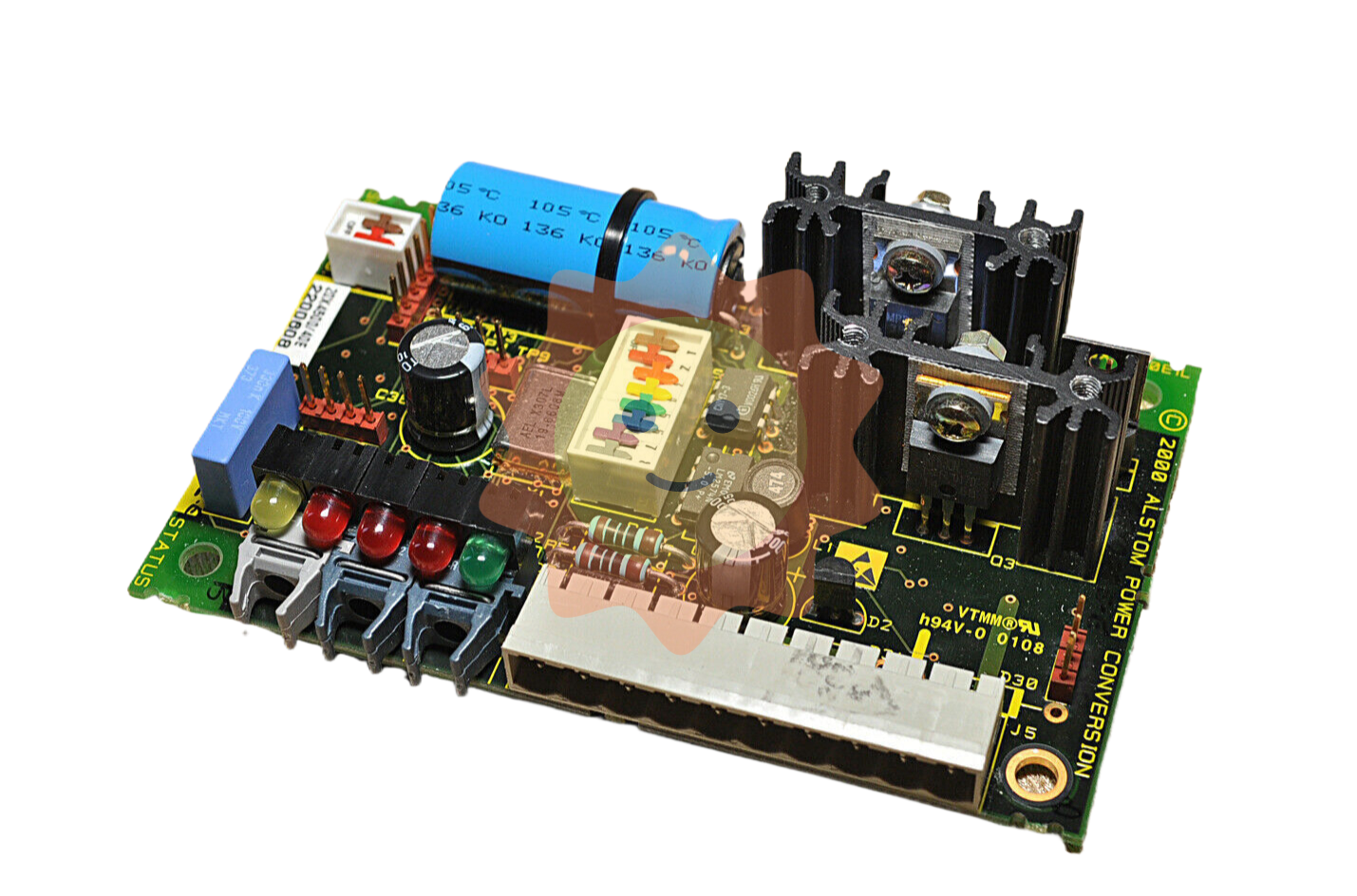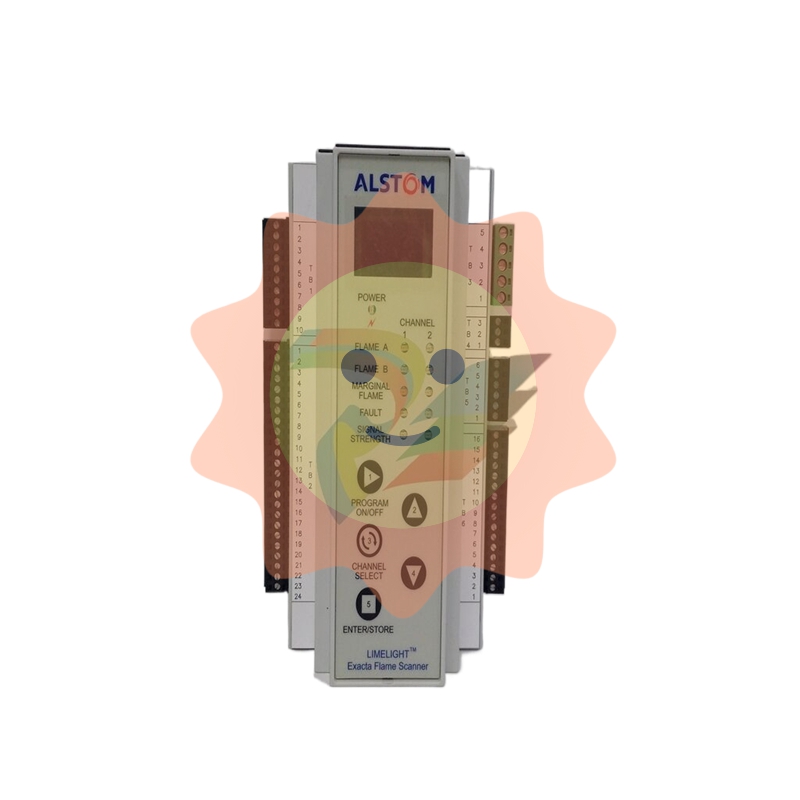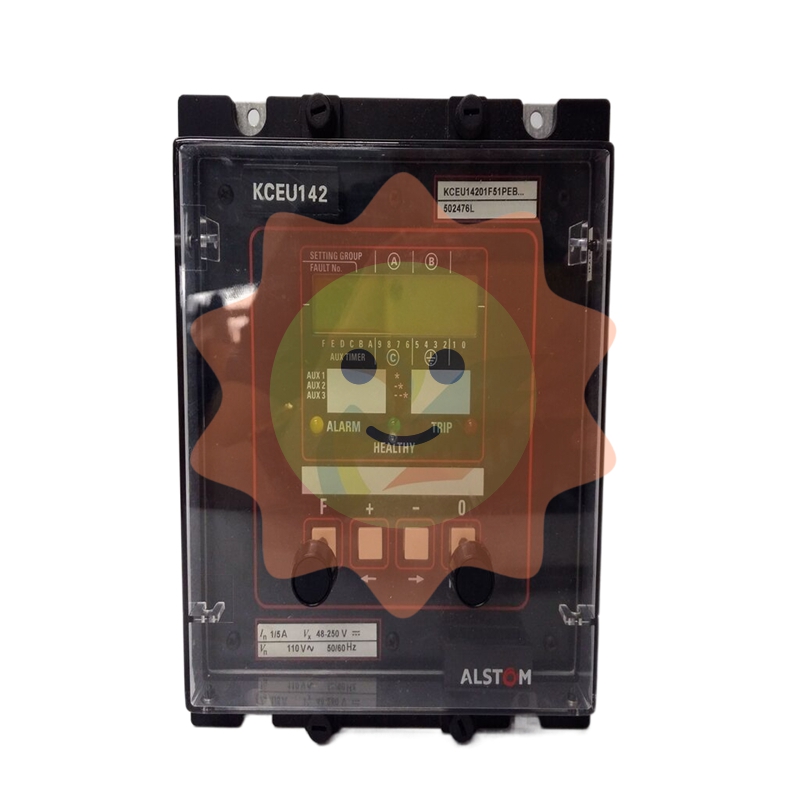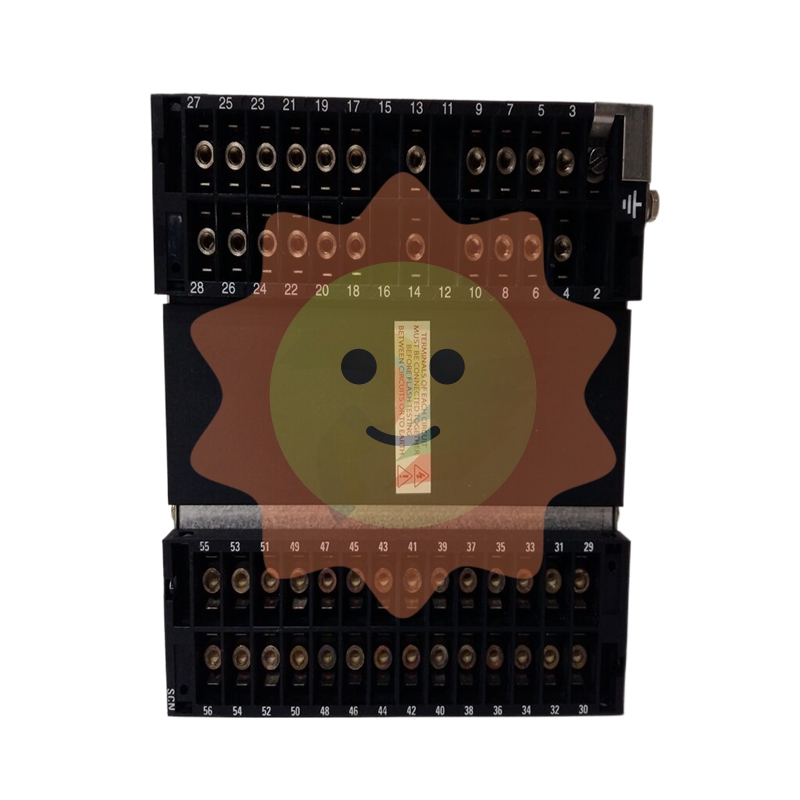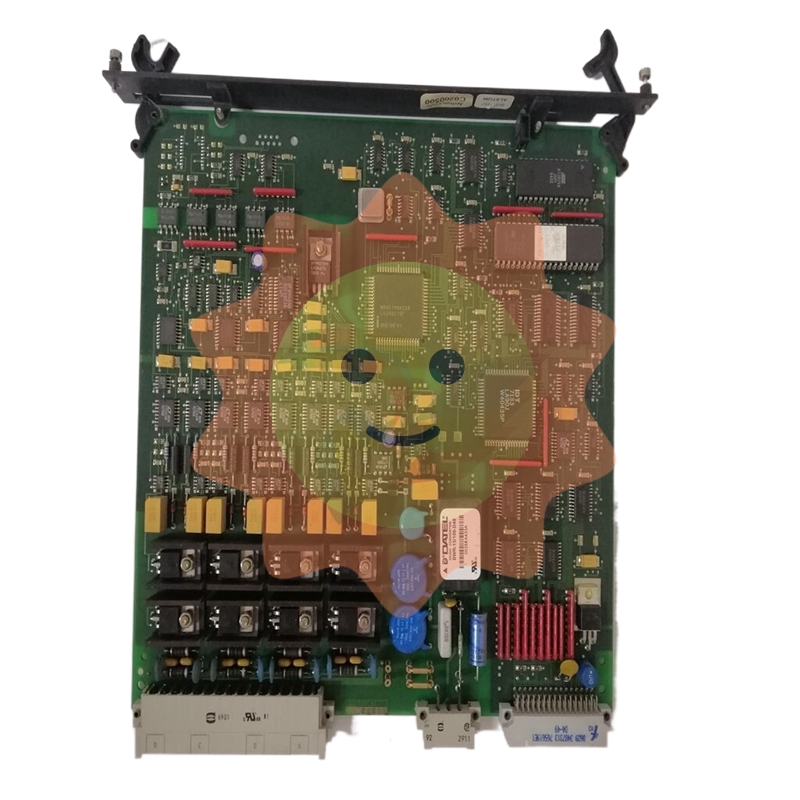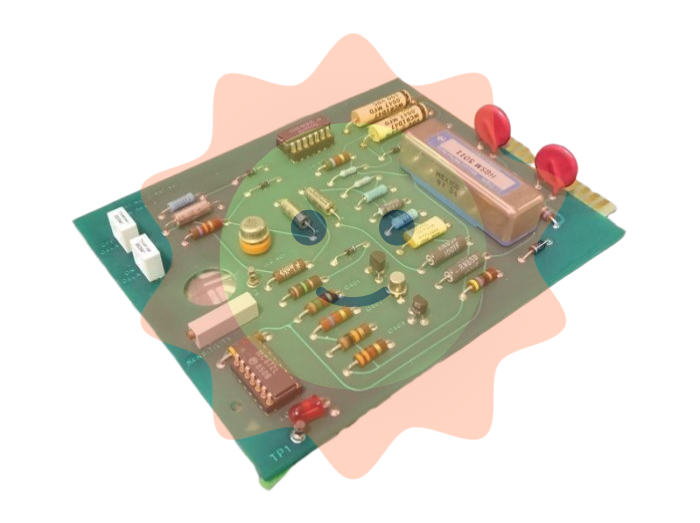Land reclamation planning
The exploitation and utilization of mineral resources not only promote economic development, but also cause ecological damage and environmental pollution, and become an important factor restricting the economic and social development of our country. Since the 18th National Congress of the Communist Party of China, ecological repair and maintenance has gradually become an important indicator to measure social and economic development, and pollution control, land reclamation and ecological restoration caused by mineral resources mining are major issues in front of the whole society. In recent years, the research of mine ecological restoration has developed rapidly in China, and the work of mineral ecological reclamation has been gradually carried out.
At the just concluded 2014 Beijing International Seminar on Land Reclamation and Ecological Restoration, experts and managers of industrial enterprises in the field of land reclamation and ecological restoration at home and abroad discussed the topics of technology, policy and practice of mine land reclamation.
Land reclamation "old debts are not paid and new debts are owed"
Land is the carrier of all resources and environment. The task of arable land protection in China is very heavy and the situation is very severe. The development and utilization of resources will inevitably lead to large-scale land damage. Strengthening land reclamation and ecological restoration is an important measure to rationally use every inch of land and realize the protection of cultivated land.
Our country attaches great importance to land reclamation work, and as early as 1989, the regulation of land reclamation was implemented. In 2011, The State Council promulgated the "Regulations on Land Reclamation", which further regulated the responsibilities and funding sources of land reclamation, especially the compilation of land reclamation programs into the mining license system, which greatly promoted the development of land reclamation work in China.

However, China's land reclamation is faced with the situation that can be said to be "old account not paid new account and owes". According to incomplete statistics, for a long time, in the production and construction activities, the artificial damage or damage of land accumulated about 130 million mu. With the continuous development of production and construction, about 4 million mu of damaged land is added every year, of which the land damaged by production and construction activities is estimated to be about 2.75 million mu, and the land damaged by natural disasters is more than 900,000 mu per year. 40 to 60 percent of the damaged land is arable. At present, the land area of reclamation in our country is about 30 million mu, and more than 100 million mu of land has not been reclaimed. If the damaged land can be reclaimed, more than 60 million mu of arable land and more than 30 million mu of other agricultural land can be added to the country.
In recent years, China's land reclamation work has also achieved some results - land reclamation laws and regulations have been continuously improved, relevant systems have been established, and the standard system has gradually taken shape. It can be said that China's land reclamation has a solid foundation for development from top-level design to institutional innovation and the formation of the standard system. Since 1989, a number of different types of land reclamation pilot and demonstration zones have been established across the country. In Anhui Lianghuai mining area, Henan Pingdingshan, Shandong Jining, Hebei Tangshan, Jiangsu Xuzhou and other places, there are the country's leading reclamation cases, covering the restoration of cultivated land, ecological utilization, construction utilization and other types, fully reflects the principle of land reclamation according to local conditions, some cases have also won international recognition.
However, due to our country's different ecological environments, the focus of economic development and the direction of development are different, the type of land reclamation and degree of damage is very different, there are still many technical problems that need to be solved urgently.
The Regulations on Land Reclamation lay down rules
On March 5, 2011, the state promulgated the Regulations on Land Reclamation, which absorbed the excellent experience of the pioneering countries and put forward many specific measures. For example, Article 11 stipulates that the obligor of land reclamation shall prepare a land reclamation plan in accordance with the land reclamation standards and the provisions of the competent resources department of The State Council, article 12 lists in detail the specific content that the land reclamation plan should include, and article 22 stipulates that the land and resources management department of the people's government at or above the county level shall prepare a special land reclamation plan within the county.
The Department responsible for land reclamation planning is the Ministry of Land and Resources. The Department of Land Protection is responsible for land reclamation, the Department of Land Use Management is mainly responsible for the reform of mining land, and the Department of Geology and Environment, the Department of Policies and Regulations, and the Department of Science and Technology are responsible for land reclamation according to their respective functions. The land improvement Center supports the policy and technology of the whole land reclamation.
According to the "Land Reclamation Regulations", the Ministry of Land and Resources organized the preparation and promulgation of the land reclamation program preparation procedures, the entire land reclamation project was comprehensively divided, so that the entire reclamation field has its own language, which is a very important basis for work. As of 2013, there were 95,400 mines in China, and land reclamation plans have been formulated for more than 5,000 mines built after 2008. Among them, there are 492 national-level, mainly distributed in Inner Mongolia, Shanxi, Shaanxi, Anhui, Shandong and other provinces.
The content of the land reclamation plan prepared in accordance with the above provisions must be clear about the status quo of the land before mining, the direction of land reclamation, the quality requirements of the land, the calculation of the engineering quantity, and the estimation of the land reclamation funds. At the same time, the plan must have land use status map, land damage prediction map and land reclamation planning map.

The most important system in land reclamation planning is the land reclamation cost supervision system, also known as the "guarantee fund system" in foreign countries: according to the land reclamation plan, the cost of land reclamation needs to be calculated according to the land reclamation plan, and before the damage, it is deposited in an independent account, which is jointly supervised by the bank, the county land resources department in the region and the mining enterprises, and is used according to the land reclamation plan. It is understood that the Yunnan Province land reclamation cost supervision system jointly developed by the Yunnan Provincial Department of Land and Resources and the bank has been officially operational since June this year, and has already pre-stored land reclamation costs of 150 million yuan, involving more than 250 mining enterprises.
The land reclamation plan also requires that after the completion of the plan must be uploaded to the "one map" project, so that the Ministry of Land and Resources will put the above and underground information in a map. At present, the land reclamation program system is being piloted by the Land Improvement Center and is expected to be incorporated into the Ministry of Land and Resources system by the end of this year. At the same time, according to the land reclamation plan, the land and resources management department will conduct comprehensive monitoring of the entire life cycle of the mine, including annual plans and phased plans.
In 2012, the Ministry of Land and Resources issued the Notice on the Pilot Work of the Reclamation and Utilization of Abandoned Industrial and Mining Land, confirming that reclamation work should be carried out in 10 provinces and regions, including Hebei, Shaanxi and Inner Mongolia. To carry out the pilot project of reclamation of abandoned industrial and mining land, the county must first make a general plan for the historical abandoned land and mining land in the county. First of all, we must clarify the overall status quo of the historical abandoned land, clarify the property rights and land types. Secondly, the reclamation target should be adapted to local conditions and practical. Third, we must eliminate security and land disasters. Fourth, it is necessary to discuss whether there is pollution and whether the pollution has been dealt with. Fifth, after the completion of reclamation, if the reclamation into cultivated land, the quality of cultivated land is what level, and at the same time compared with the occupied cultivated land, the increase or decrease is linked.
In order to promote the reclamation of abandoned land left over from history, the planning provides that during reclamation, major national land reclamation projects can be applied for, social funds can be attracted, and in accordance with the principle of who invests who benefits, the reclamation people are encouraged to reclaim by themselves, and the government gives certain subsidies after reclamation. After the abandoned mine land is reclaimed into cultivated land, it can be used as a balance index of cultivated land and linked to the index of new construction land. At the same time, it is encouraged to adapt to local conditions and multi-purpose reclamation, and select reclamation targets according to local needs and actual conditions.
At that time, there were about 600 quarries in the Mangshan Economic zone of Qingzhou, Shandong Province, involving an area of more than 20,000 mu, and the mountain was seriously damaged and covered with dust. When the mine was renovated in 2005, the government forcibly closed 80 percent of the quarry and drew up a master plan for the entire quarry as an industrial and cultural park. When the project is completed, about 60,000 people are expected to be employed. At present, 65 enterprises have settled in the industrial park, nearly 10,000 people have been employed, and the total investment has exceeded 20 billion yuan.
Jining, Shandong province, has developed its own floating solar panels by using abandoned subsidence land in a mining area less than 1 meter deep that cannot be reclaimed for farmland. According to the solar rotation, the water photovoltaic power generation has increased by 30%, and the project has considerable prospects.
In fact, land reclamation is also facing challenges, for example, various departments have their own plans, land reclamation planning schemes ignore landscape protection and so on. Therefore, multiple departments should be able to combine multiple plans to form a unified spatial planning; In the reclamation design, consider the connection of underground water network; In the planning, strengthen the idea of mining enterprises to protect the landscape; In the project management, the concept of risk management is introduced.

It is still a long way to go to solve the land ecological problem
The Chinese government attaches great importance to land reclamation and ecological and environmental improvement. It calls for accelerating the construction of a resource-conserving and environment-friendly society, and gives prominence to the construction of ecological civilization. Building a beautiful homeland with blue sky, green land and clean water is an important goal pursued by the Chinese Dream.
China is the first country in the world to develop and utilize coal resources, and is also the largest coal producer and consumer in the world. In the future, although the proportion of coal in the primary energy consumption structure will decline, the energy resource conditions of rich coal, lack of oil and less gas determine that coal is still the biggest support for China's energy. Therefore, promoting the safe and efficient mining and clean and efficient utilization of coal, improving the development and utilization efficiency of coal resources, promoting land reclamation and ecological restoration in mining areas, maintaining the balance of regional ecological environment, and realizing the coordinated development of coal resources development, regional economic society and ecological environmental protection are of great significance to China's energy revolution.
The land subsidence, arable land loss, building damage and environmental problems caused by coal mining are the major challenges that the coal industry must face in the process of sustainable development. The Chinese government attaches great importance to this and has promulgated and implemented a series of laws and regulations in terms of system construction, gradually improving and perfecting the legal system of land reclamation in mining areas. In engineering practice, the ecological effect of coal gangue greening has been studied and great progress has been made. In the aspect of land reclamation in coal mining area, the technology of comprehensive monitoring and prediction of ecological environment damage of coal mine land, dynamic pre-reclamation technology of high and shallow water mining collapse, non-covering greening and soil improvement technology of coal gangue mountain with soil cultivation and planting as the core have been developed and widely applied. In terms of circular economy, it has formed an integrated development model of coal, electricity, chemical, land, port and aviation represented by Shenhua Group, built a large number of coal circular economy industrial parks represented by Datong Tashan Coal Mine, and built a demonstration zone for comprehensive utilization of coal and gas communist resources represented by Jincheng mining area.
Although the research and practice of land reclamation and ecological restoration have made a series of significant progress, it still needs a difficult long-term process to completely solve the problems of land collapse, coal gangue discharge, soil erosion, and ecological environment destruction. To this end, firstly, it is necessary to promote the integrated development of resources development and environment, run the concept of green mining and ecological mine construction through the whole process of coal resource development and utilization, according to the ecological content and hydrogeological conditions of the region where the coal is located, start from the source control of coal resource development, and change the end treatment to the whole process management. To achieve clean production, recycling and zero emission of pollutants, increase the treatment of coal mining subsidence areas and the construction of environmental engineering, so that coal resources mining, treatment of subsidence areas and environmental engineering construction into one. Second, it is necessary to follow the inherent laws of ecological environment, combined with the characteristics of regional natural ecological geographical environment, scientific development of ecological environment planning in mining areas, in accordance with the principle of local conditions to implement ecological environment management and restoration projects in mining areas, promote the coordinated development of coal mining and ecological environment, select key mining areas to carry out demonstration and pilot work. Give full play to the leading and radiating role of demonstration and pilot enterprises. Third, we should give full play to the role of coal enterprises as the main body of innovation, support coal enterprises to strengthen the engineering geology of coal mining, mining rich rock control, groundwater runoff, environmental protection of the basic theory and method of research, focus on the efficient and safe intensive development of coal mines, coal and gas mining, mining area pollution and environmental protection technology research, promote coal mine informatization and Internet of things technology. According to the situation of groundwater runoff and surface water in mining area, implement water conservation mining, protect water resources and ecological environment, study and formulate technical standards of land reclamation in mining area, and realize ecological reconstruction in mining area. Controlling land subsidence and environmental damage from the source of land reclamation in mining areas, promoting the innovation of land reclamation and environmental restoration modes in mining areas. Fourth, it is necessary to give full play to the main role of the coal enterprise market, rely on coal mining, focus on washing processing and transformation, and take the appropriate extension of the coal-based industrial chain as the direction, promote the development of coal power, coal chemical, coal building materials and coal logistics industries, improve the comprehensive utilization level of coal associated resources and solid waste, and promote the coordinated development of coal and related industries. Promote the structural adjustment and transformation of coal, and improve the scientific level of coal industry development.

Gao Jixi, Director of Nanjing Institute of Environmental Science, Ministry of Environmental Protection:
The transformation of mine ecological restoration to functional restoration
Staying in the green state is not an ecological restoration project, and it should move toward the restoration of ecological functions.
The concept of ecological restoration, in addition to mine ecological restoration, also includes land restoration, degraded sandy land ecological restoration and so on. However, the ecological restoration advocated by individual places has not achieved very good ecological effects, and some even play a role in ecological destruction, such as large-scale afforestation on the grassland. Large-scale afforestation in arid and semi-arid areas will not only fail to ensure the survival of saplings, but also aggravate the degree of drought when the scale is too large. There are many people who doubt that large-scale afforestation in the Loess Plateau will have a great impact on arid and semi-arid areas. Therefore, ecological restoration is not just about afforestation and reclamation.
At present, the most defined land reclamation is "the land that has been damaged due to production and construction activities or natural disasters can be used after taking remediation measures." The concept of ecological restoration should be more perfect than the concept of land restoration, and how to carry out high-quality restoration should be proposed.
In the past, greening was simply landscape restoration. Later, our country proposed to strengthen the protection of biological diversity. However, with the expansion of the mining area and the change of nature, it is far from enough to stay at this stage, and it is necessary to move forward to the ecological function restoration stage.
Why do we need to restore ecological functions after achieving biodiversity? Increased biodiversity does not necessarily mean increased biological services. According to the research report, the increase of biodiversity has a positive correlation with the increase of ecological functions. However, in most cases, the increase in biodiversity is greater than the function of ecological function supply, and the efficacy of the increase in biodiversity is not matched by the service function of the biological system. Conservation of biodiversity and restoration of biodiversity does not mean that ecological functions have been improved accordingly.
What is ecological functional restoration? Biological restoration is the overall re-establishment of a complete ecosystem, restoring its original function. With the gradual expansion of mine ecological area, it is not only the natural ecosystem that should be restored, but also the matching economic and social system should be taken into account. The current ecological restoration area is relatively large, can not deliberately pursue a specific state, but according to the mine damage in the region, location, ecological suitability to set the goal of ecological restoration, to consider the economic and social goals, including cultural functions, aesthetic functions and public feelings and so on.
- EMERSON
- Honeywell
- CTI
- Rolls-Royce
- General Electric
- Woodward
- Yaskawa
- xYCOM
- Motorola
- Siemens
- Rockwell
- ABB
- B&R
- HIMA
- Construction site
- electricity
- Automobile market
- PLC
- DCS
- Motor drivers
- VSD
- Implications
- cement
- CO2
- CEM
- methane
- Artificial intelligence
- Titanic
- Solar energy
- Hydrogen fuel cell
- Hydrogen and fuel cells
- Hydrogen and oxygen fuel cells
- tyre
- Chemical fiber
- dynamo
- corpuscle
- Pulp and paper
- printing
- fossil
- FANUC
- Food and beverage
- Life science
- Sewage treatment
- Personal care
- electricity
- boats
- infrastructure
- Automobile industry
- metallurgy
- Nuclear power generation
- Geothermal power generation
- Water and wastewater
- Infrastructure construction
- Mine hazard
- steel
- papermaking
- Natural gas industry
- Infrastructure construction
- Power and energy
- Rubber and plastic
- Renewable energy
- pharmacy
- mining
- Plastic industry
- Schneider
- Kongsberg
- NI
- Wind energy
- International petroleum
- International new energy network
- gas
- WATLOW
- ProSoft
- SEW
- wind
- ADVANCED
- Reliance
- YOKOGAWA
- TRICONEX
- FOXBORO
- METSO
- MAN
- Advantest
- ADVANCED
- ALSTOM
- Control Wave
- AB
- AMAT
- STUDER
- KONGSBERG
- MOTOROLA
- DANAHER MOTION
- Bentley
- Galil
- EATON
- MOLEX
- Triconex
- DEIF
- B&W
- ZYGO
- Aerotech


email:1583694102@qq.com
wang@kongjiangauto.com





